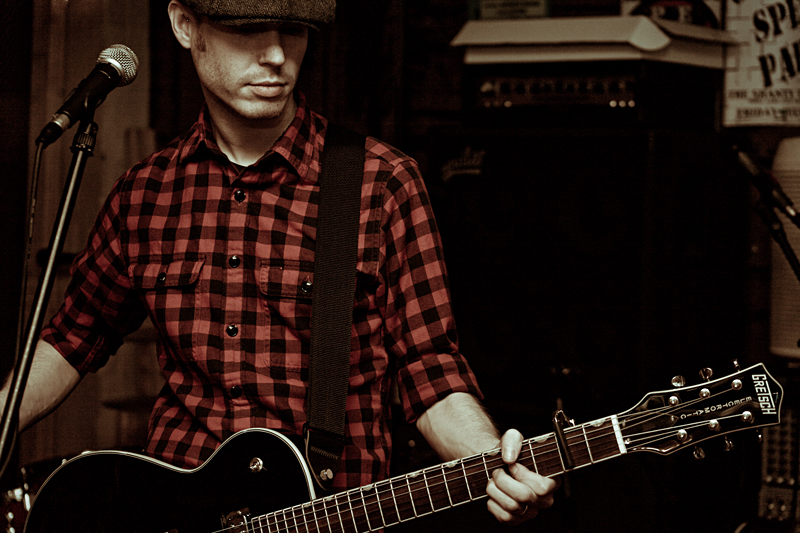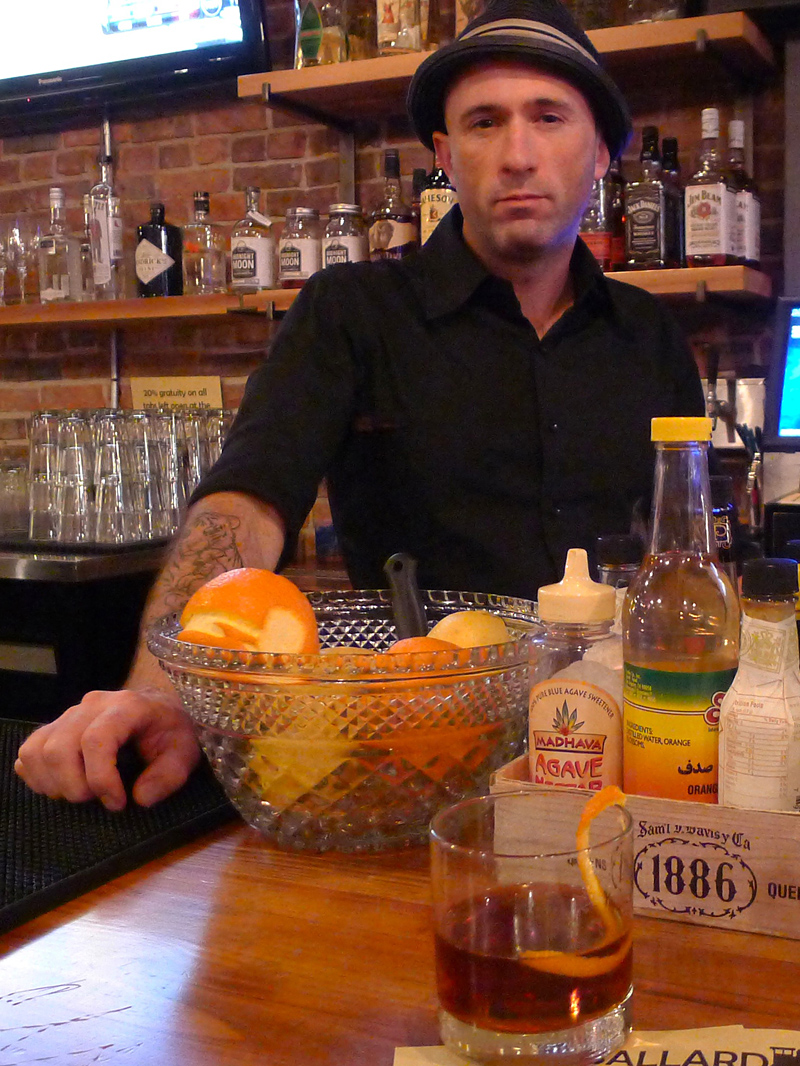More than 300 years ago, long before an earthquake and subsequent tsunami battered Japan last Friday, another wave of water swept the island nation, wreaking havoc and laying waste to entire coastal villages. That tsunami was caused by a massive quake—estimated to have been a magnitude 9.0, just like last week’s—that rocked the entire Pacific coast from British Columbia to northern California. According to a U.S. Geological Survey expert and a former University of Washington scientist, the great tremor of 1700 and ensuing “orphan tsunami” could happen again, and Seattle isn’t nearly as well-prepared as Japan.
David Yamaguchi and Brian Atwater are the authors of The Orphan Tsunami of 1700—Japanese Clues to a Parent Earthquake in North America, a tome published in 2005 by the University of Washington Press that details the giant—yet, prior to their research, unconfirmed—earthquake that landed here long before the Denny Party.
Reached by phone, Yamaguchi says the current chaos in Japan is keeping him glued to the TV. About a decade ago, in researching the book, he traveled to some of the coastal cities hit by last week’s tsunami. Back then he saw evidence of previous big waves—things like “sand sheets,” mud and silt deposits left by water sweeping over normally dry land—but had a difficult time envisioning the same thing happening in the present.
“It’s just as fascinating and scary to us as it is to you,” says Yamaguchi, formerly a UW professor of dendrology (the study of wooded plants). “All of this stuff we’ve been studying for years. Now to see it unroll on video footage on TV, it’s just amazing.”
Back in the mid-1990s, Yamaguchi and Atwater, a USGS researcher, suspected that a massive quake had struck the Puget Sound sometime in the past three centuries. Although no scientific evidence existed at the time, several oral accounts from Native Americans survived, such as this one from the diary of explorer James Swan: “The water receded and left Neah Bay dry for four days and became very warm. It then rose again without any swell or waves and submerged the whole of the cape and in fact the whole country except the mountains . . . many canoes came down in trees and were destroyed and many lives were lost.”
Yamaguchi and Atwater then teamed up with Kenji Satake, a geologist who combed Japan’s meticulous historical records for descriptions of tsunamis in that era. Satake’s research yielded stories like this one from the town of Miyako in 1700—the same place where more than 1,000 bodies washed ashore on Monday: “The waters drove villagers to high ground, damaged salt kilns and fishing shacks, drowned paddies and crops, ascended a cattle moat, entered a government storehouse, washed away more than a dozen buildings, and spread flames that consumed twenty more. Return flows contributed to a nautical accident that sank tons of rice and killed two sailors. Samurai magistrates issued rice to afflicted villagers and requested lumber for those left homeless.”
The American scientists then analyzed tree rings from stumps submerged in shallow coastal waters in Washington and used radiocarbon dating to pinpoint where and how the 1700 quake occurred. What the record showed was tremendous activity on the fault line between the Cascadia and Juan de Fuca tectonic plates. The quake lifted part of the sea floor and displaced an enormous amount of seawater, causing waves between two and five meters high to travel all the way across the ocean and hit Japan.
Yamaguchi says what’s striking about the recent quake is the level of devastation—higher than expected, given the country’s attention to preparedness. Japan has rigorous building codes, and, especially in northern coastal cities, a history of drilling its citizens in tsunami education. (An even larger wave struck the country in 1611, killing an estimated 8,000 people. More recently, a major tsunami came ashore in 1960.) With that in mind, Yamaguchi says he’s worried about what could happen if a similar scenario unfolded in the United States.
“We’re used to seeing these in Mexico, Chile, Indonesia, and Haiti—underdeveloped countries,” he says. “What the events in Japan are telling us is, if this were to happen here now, the level of preparedness here is much less. We’re way behind.”
Yamaguchi cites Japan’s habit of putting metal jackets on concrete freeway support columns and posting tsunami escape-route signs as examples of how the U.S. lags in preparedness. But he also hints that we might just be out of practice. “Everybody in the world is seeing this stuff on TV,” he says. “The question is, if we were to have something like this, let’s say next week, could we translate that TV knowledge in our minds and get everybody on the coast uphill in 20 minutes?”






